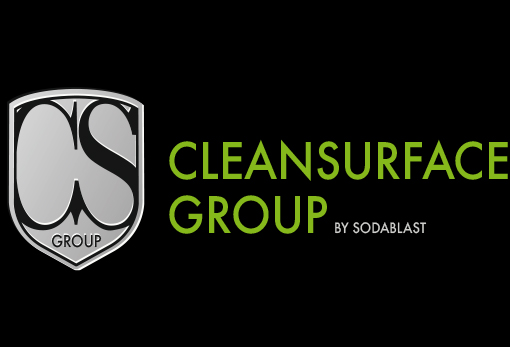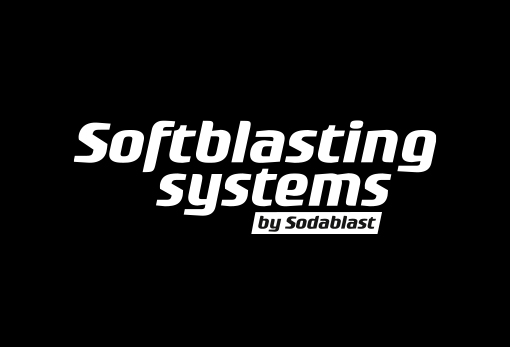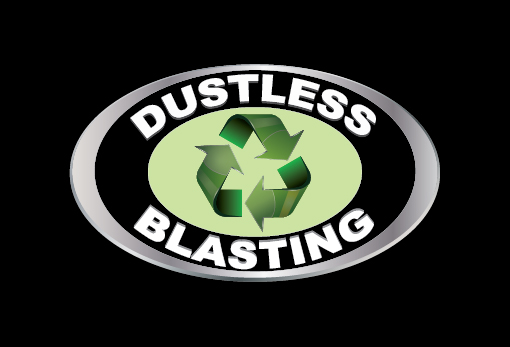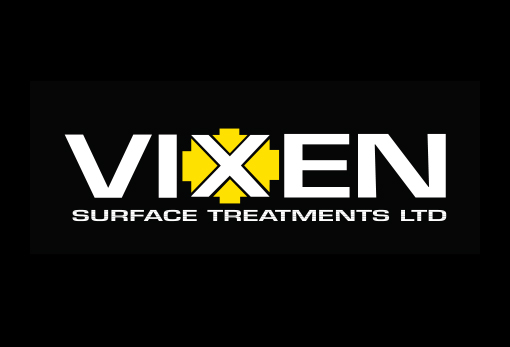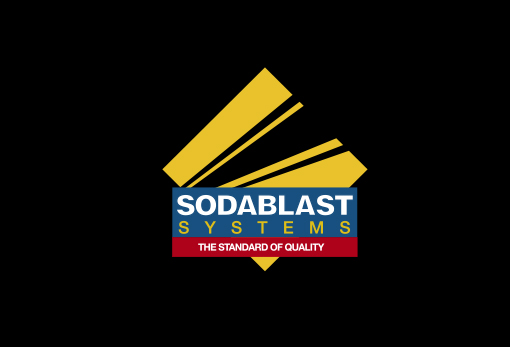Some frequently asked questions
In contrast to sand blasting or bead blasting that works through abrasion, soda blasting does not damage the surface.
Sodablast offers the advantage that it does not damage the treated surface. It does not give an impact on the abrasive. Sand and grit does. Blasted ferrous metals require an immediate coating to prevent corrosion. By contrast, sodablast will significantly reduce the speed of rust formation.
Sodium bicarbonate breaks down hydrocarbons making it an excellent method for cleaning engines and / or greasy parts.
When used with a little water, sodablast is a very good system to remove graffiti.
Much grease and oil slow down the cleaning process but soda will not remain in greasy corners unlike other abrasives. During the soda blasting, the impurities convert into a soap emulsion. This process is called saponification.
Soda has no influence on the environment. It is almost completely safe. This product is also used in cooking and also to combat stomach problems. Due to the alkaline properties, damage to plants and vegetation can occur if not enough rinsing is done with water.
With sodablasting you can remove paint and other impurities in general without any problems.
Sodablasting is a noisy process. The operators of the machine are obliged to wear earmuffs at all times, as well as all bystanders who must remain at a safe distance. With regard to dust: the situation must be estimated, and where necessary the wetblasting process must be applied.
